Image


There is nothing like your first total solar eclipse. You’ve heard all of the hype, you’ve seen some cool pictures, but no photograph or video can show you exactly what the human eye sees.
As the last sliver of sunlight gets covered up by the encroaching Moon, there’s an excitement to the event. The sky has an odd metallic blue color that is never seen at any other time in nature. You start to get chills, a combination from the excitement of what is about to happen, and the fact that the temperature is plummeting some 10 degrees rather quickly. The black disc of the Moon has now almost dominated our closest star with just the last bit of sunlight making a bright gasp as the Sun appears like a diamond ring, and then…nothing. For a split second, total darkness, and then the corona, the atmosphere of the Sun, suddenly pops out into view to the delight and screams of millions of people who have travelled to witness this event. Planets are easily visible in the dark sky, and the horizon has a 360-degree sunset glow of orange and red. For the next few minutes you will be in the shadow of the Moon, and experiencing one of the most incredible events of nature; a total eclipse of the Sun. But, let’s take a step back and go over some basics.
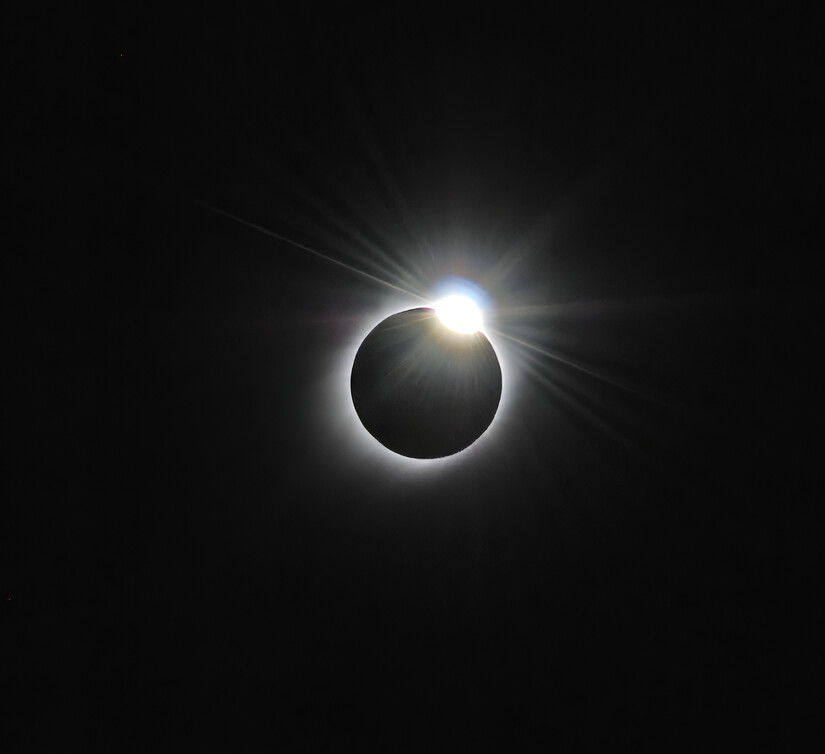
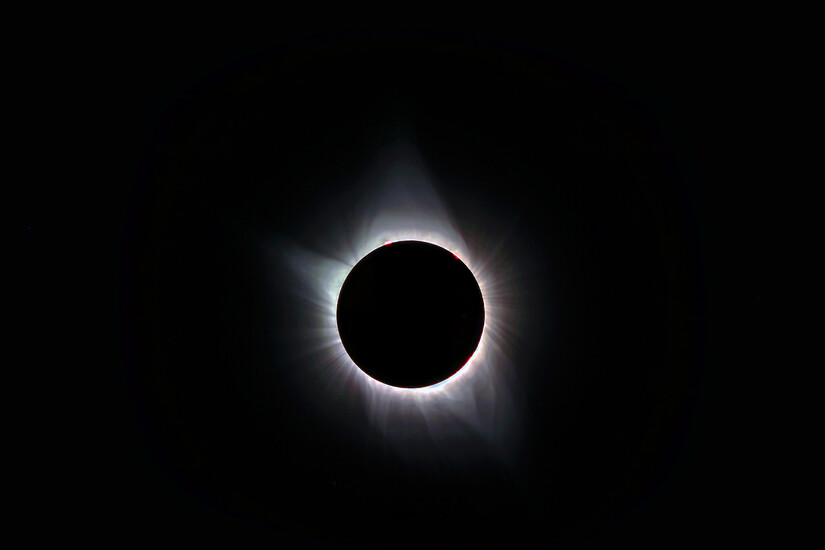
An eclipse occurs when the Sun, Moon and Earth and perfectly lined up. Our Moon is 400x smaller than the Sun, but it is also 400x closer than the Sun, so the Sun and Moon appear to be the same size in the sky. This is what makes eclipses possible. When the Moon orbits around the Earth and gets behind it so you have a Sun / Earth / Moon line up, then you could have a lunar eclipse. This can only happen at Full Moon, and during those times it’s possible to watch the Moon move into the Earth’s Shadow changing to a beautiful red color which some describe as a “blood moon”.
Two weeks later, when the Moon comes between the Sun and the Earth (Sun / Moon/ Earth line up) you could have a total solar eclipse. The Moons shadow falls along a small 100+ mile path along the Earth’s surface. If you are fortunate enough to be in that path you will experience a total solar eclipse, or what we call totality, when the Moon completely blocks out the light of the Sun. But there are two shadows cast, and the lighter one extends much farther out. If you are inside that lighter shadowed area, you will experience the Sun being partially blocked by the Moon, or what we call a partial eclipse. Eclipses don’t happen every New Moon or Full Moon however, and that’s because the Moon’s orbit is tilted enough so that the Moon’s shadow usually misses the Earth entirely. Only about twice a year are they lined up perfectly for an eclipse to occur.
On April 8, 2024, the United States will be treated to a total solar eclipse which will be observed by millions of people who live or travel into that thin path. However, here in Boyertown, we are in the lighter shadowed area and will experience only a partial eclipse. But it is a deep partial in that about 91% of the Sun will be covered by the Moon, and that is significant. If you plan to be in the Boyertown area, you will miss totality, but the partial eclipse is worth observing. For any partial phase, there is NO safe time to view the eclipse without proper solar filters to protect your eyes. So, some preparations need to be taken to enjoy the eclipse. Let’s take it step by step.
WHAT YOU’LL NEED
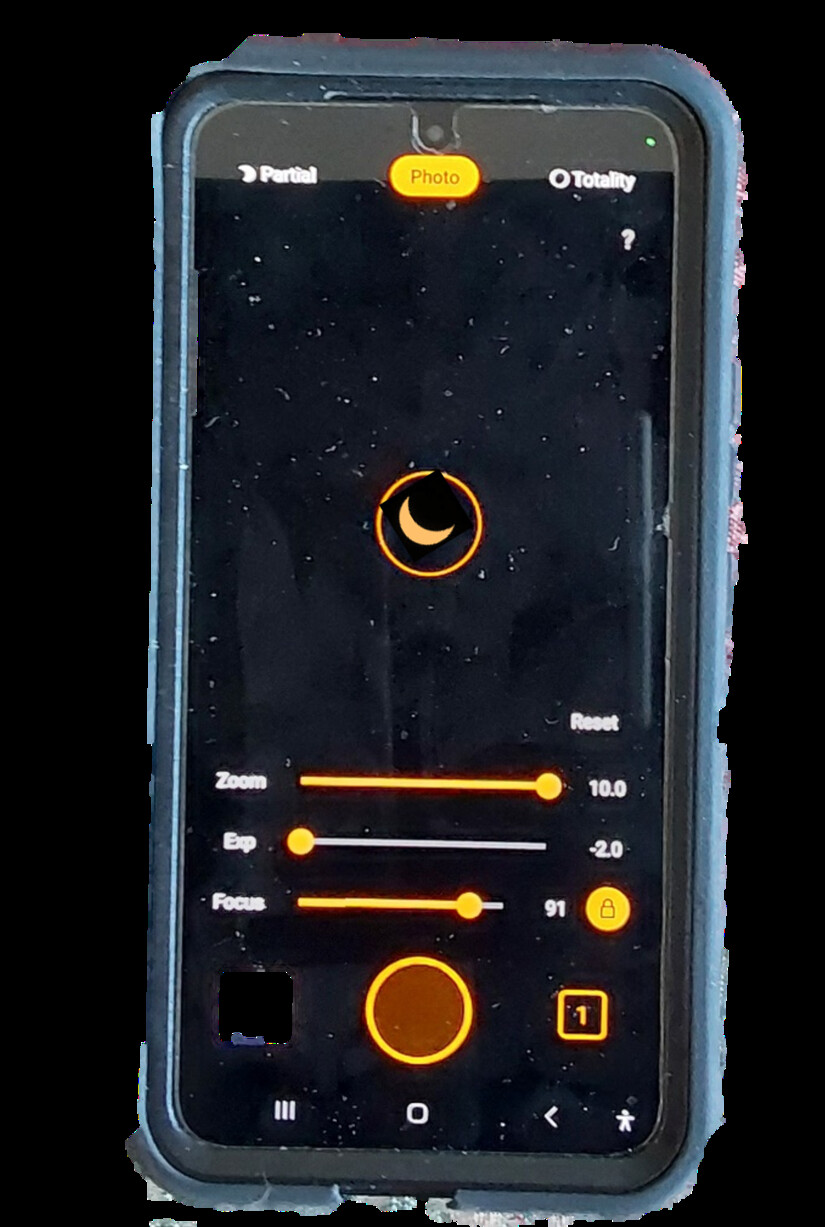
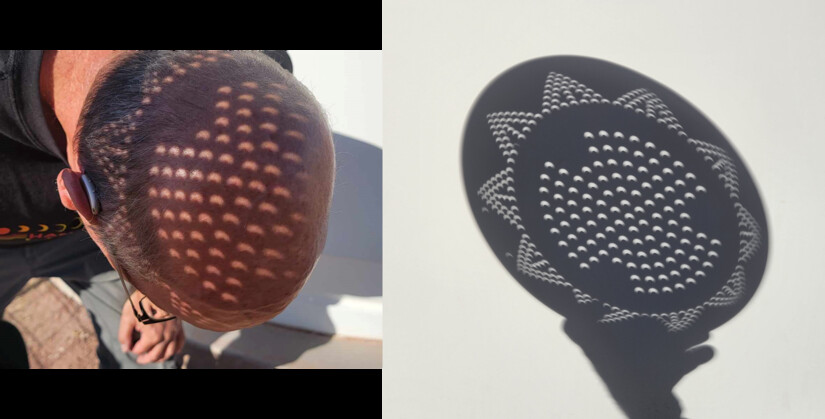
WHAT WILL HAPPEN
Here is the sequence of events for Boyertown on April 8. The picture shows what the eclipse will look like at maximum (91 percent).
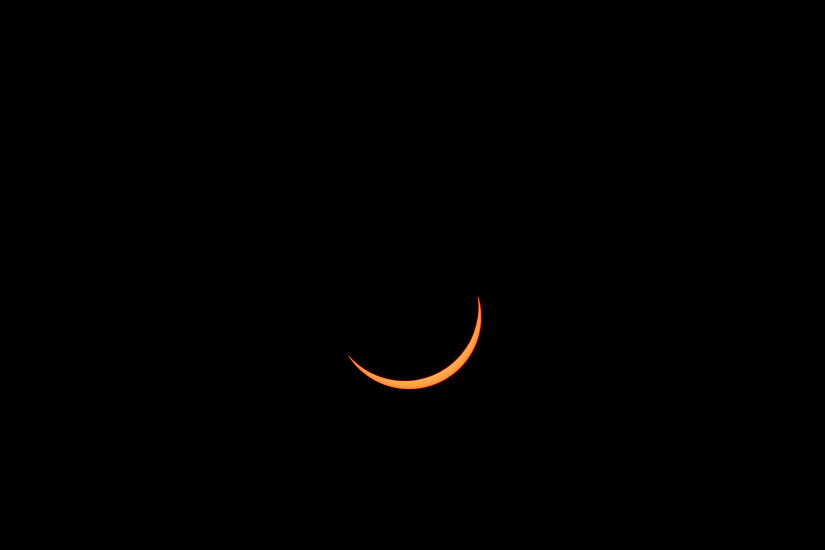
WHAT TO DO WHEN
THE FUTURE
Eclipses are easy to predict and with high accuracy. So, let’s look at three special eclipses in the future.
2045 August 12: 54% of the Sun will be covered up at maximum for the Boyertown area on this eclipse. This will be the next total solar eclipse in the United States. Yes, there is one in the continental United States in 2044, but we won’t experience any eclipse here at all. That one skirts northern Washington, Idaho and Montana.
2079 May 1: 99.6% of the Sun will be covered up at maximum for the Boyertown area on this eclipse. This is the next solar eclipse in the United States that will touch Pennsylvania. However, from Boyertown totality will not be seen. The Sun will rise as a thin crescent (99.6%) just after totality. Tell your grandchildren to go to New Hope to watch the Sun rise in totality.
2144 October 26: the next total solar eclipse seen here in Boyertown. Totality will be just after noon, so it will be phenomenal. Please don’t be cloudy that day.
Wherever you happen to be on April 8, take advantage of this rare and special celestial event. Eclipses have been observed and recorded throughout time and in some cases have even changed the course of history. The Medes and Lydians in the 6th century drew up a peace treaty ending a 6-year war because a solar eclipse happened during a battle. Take advantage of this amazing celestial event now, because in about a billion years, give or take a few hundred million years, the last total solar eclipse on Earth will happen. Enjoy the event and keep looking up- safely!
[* Peter Detterline is an avid astronomer whose interests cover a wide range of the astronomical spectrum. For 35 years he was the Director of the Boyertown Planetarium, where he gave programs to over half a million people. He is a recipient of the Thomas Brennan award from the Astronomical Society of the Pacific for exceptional achievement related to teaching high school astronomy.
He teaches an astronomy course at Montgomery County Community College, and for teachers through the Montana Learning Center. In research he has coauthored numerous papers on eclipsing binaries and contributes data to the AAVSO, ALPO, IMO, and IOTA. He is the Observatory Director for the Mars Society where he heads up an Astronomy Team providing a solar and a robotic telescope for their members at the Mars Desert Research Station in Utah. He also provides training for a robotic telescope in New Mexico as the Lead Astronomer for the Montana Learning Center. Both robotic telescopes are used remotely by students around the world.
Peter was selected to be part of the “Astronomy in Chile Educator Ambassador Program," where he visited the largest American observatories in that country. As an amateur astronomer he has traveled the globe to view solar eclipses, built his own observatory, and has completed over 45 observing programs including the Astronomical League’s “Master Observer”. He is an honorary life member of the Lehigh Valley Amateur Astronomical Society (LVAAS)
When he’s not staring at the heavens, Peter is preaching about them as a Lay Minister for the United Church of Christ. Astronomy for him is a deeply enriching experience that connects the heavens to the Earth. Peter has experienced seven total eclipses in his lifetime and looks forward to the in April being his eighth. Every solar total eclipse is different because of the length of the eclipse and the activity level of the Sun. ]